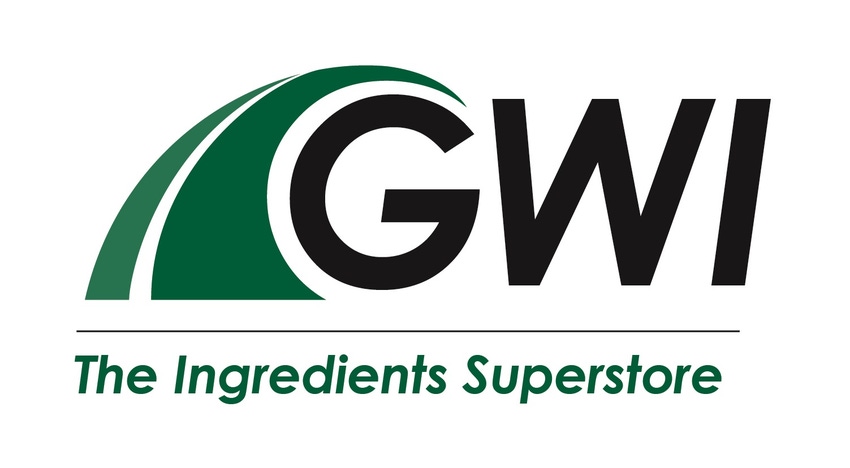Get the latest market assessment on sweeteners, vitamins, amino acids and more.
July 28, 2014

VITAMINS
Vitamin C Series
The Vitamin C market was rebounding in March and April, and then experienced a decrease in June. This trend is the result of Chinese manufacturers increasing prices to recover losses and move inventory, but have to carefully balance output with demand.
On July 11, DSM announced the acquisition of Aland to strengthen its position in the market. This move has not affected the Vitamin C price, which remains stable, but this acquisition will be closely monitored by the industry.
Summer is in full swing, and major producers including NEPGF, NPCG, Tianli are shutting down for scheduled production maintenance. Predictions indicate the price will remain stable once production resumes.
Vitamin B1/B6
Shutdowns due to pollution control and strong demand have driven up the price of Vitamin B1 starting in March, and it is still increasing. The shutdown has caused the manufacturer to cease quoting; it is predicted that the pricing trend will continue to increase.
Vitamin B2
The supply and price are stable. Although some reports advise the cost is increasing due to corn starch, the influence is limited and there are no imminent changes to the market.
Vitamin B5
The price was highest from March to April, due to pollution-related shutdowns. The prices have steadily decreased now that production is back on schedule, but are still relatively high compared to last year. Distributors have limited stock and it is projected the prices will continue to decrease, however, it will be a slow progression.
Vitamin B12
The market is currently stable.
Vitamin D3
Zhejiang Garden announced that in order to increase cholesterol production, Vitamin D production will only continue until the end of 2015. Overall the market remains strong, and this trend will continue for the rest of the year.
AMINO ACIDS
L-Cysteine and L-Cystine
To recover from the “fermentation revolution,” many amino acid factories have turned to hydrolyzed aminos. Two products that have been particularly affected are L-cysteine and L-cystine; prices increased 20 percent to 30 percent in previous years. This also influences L-cysteine mono HCL and N-acetyl-L-cysteine.
L-Arginine
The market is at an all-time low for the first half of 2014, but the price has stabilized. After a significant increase in demand initiated by Proctor & Gamble for toothpaste products, there are indications that supply has now exceeded demand. Imports into the U.S. From Korea and Japan remain high.
Although demand for L-arginine’s derivative products such as Citrulline and Ornithine have slowed from their once rapid rate, there is still a steady increase in demand.
L-Leucine
The low price of L-leucine from the first quarter continued to drop in June, due to competition from fermentation and double the production in the last two to three years.
L-Tyrosine
Like other hydrolyzed amino acids, L-Tyrosine and N-Acetyl L-Tyrosine prices remain steady.
L-Valine and L-Isoleucine
These products are currently priced low as a result of increased production of aminos from fermentation and competitive pricing. We are predicting some changes from manufacturers that could increase the prices, so locking in the low prices with a blanket order is recommended.
L-Glutamine
The price is at an optimal level for a blanket order.
Taurine
The ample supply of taurine has created a soft market, due to expanding production and the addition of new manufacturing facilities.
SUPPLEMENTS AND SWEETENERS
Caffeine
The raw material cost for caffeine increased in April into May, resulting in a shortage that increased prices. Production has now stabilized and the market has rebounded; prices are back to traditional levels.
Co-Q10
MSM/Sodium Hyaluronate/Glucosamine
This classic combination for joint health is currently stable, and we predict for the remainder of the year:
MSM will remain stable as the supply and demand will balance. There are no expected changes to the current production technology.
Sodium Hyaluronate prices will trend downward, due to increased competition with production and pricing.
Glucosamine will remain stable due because of balanced supply and demand. There could be a shift to a slightly soft market.
Xylitol
Currently, the price is stable.
Stevia
Currently in short supply due to limited harvests, the price will continue to rise. The market will continue to operate this way for about another year, so it is recommended to stock up on this product now.
Sucralose
Due to overproduction, the market is stable but low, with little profit for manufacturers. Some manufacturers have shut down production and are working to sell the product in overseas sales offices. For the long term it is predicted that three to five manufacturers will continue to produce sucralose.

You May Also Like


